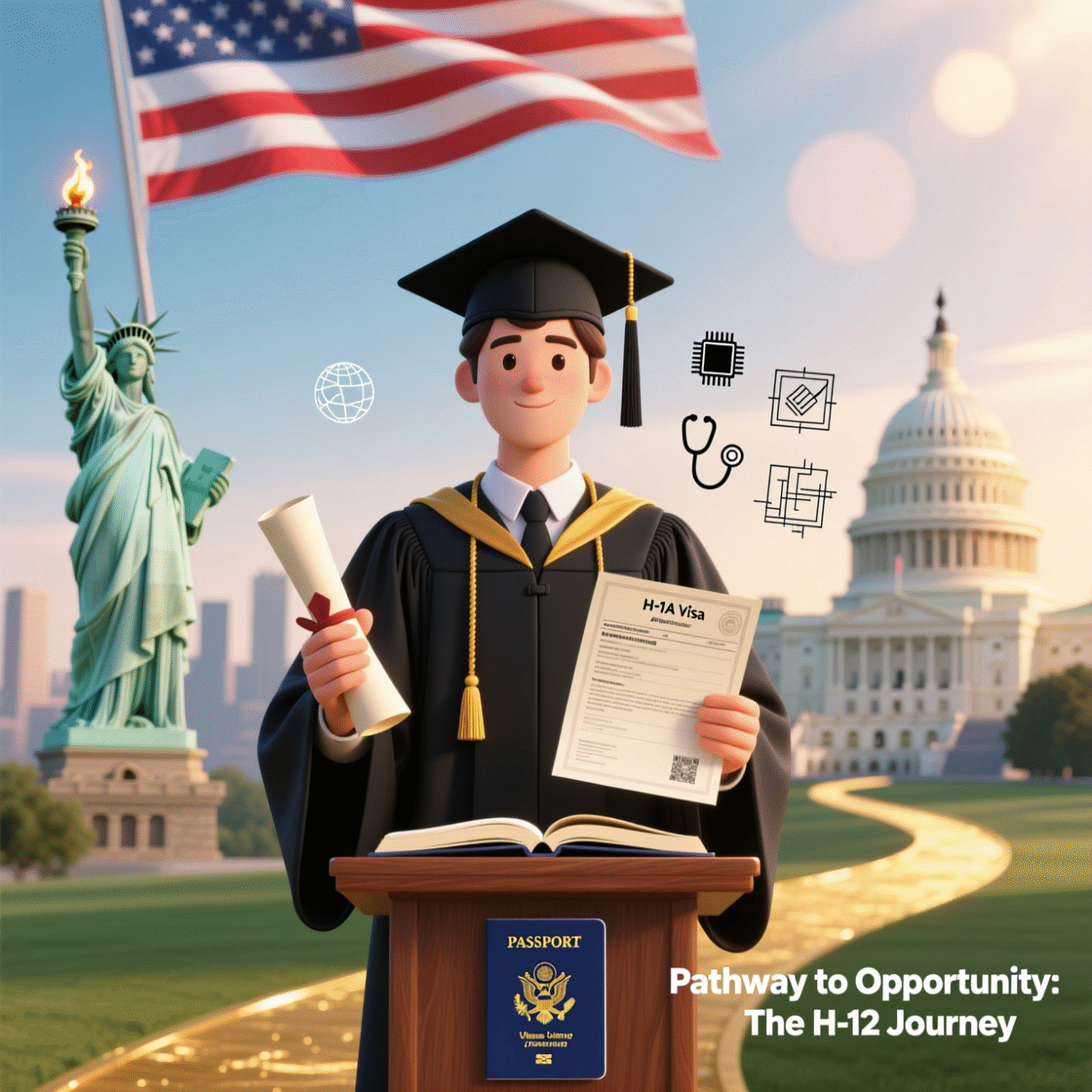Introduction
The United States has long been the top destination for international students, particularly from India, who dream of building global careers after completing their studies. For decades, the H-1B visa has served as the bridge between higher education in America and long-term employment opportunities. However, in September 2025, a major policy change was announced: the cost of sponsoring an H-1B visa has now increased to $100,000 USD per year. This new development is set to impact both employers and international students planning to study in USA with hopes of securing a work visa afterward.
What is the H-1B Visa?
The H-1B visa is a temporary, non-immigrant work permit that allows U.S. employers to hire foreign professionals in specialized fields such as IT, engineering, finance, and healthcare. It has always been competitive due to its annual cap and lottery system, but with the latest fee hike, it has also become one of the most expensive visas in the world.
The New $100,000 H-1B Visa Fee
On September 19, 2025, the U.S. government announced a sharp increase in H-1B visa sponsorship costs. Starting from September 21, 2025:
- Employers must pay $100,000 USD per year for each new H-1B visa issued.
- The fee applies annually for as long as the worker remains under H-1B status.
- Existing H-1B holders (approved before the cutoff date) are not subject to this fee for renewals.
- Certain industries, such as healthcare and critical services, may be exempt from paying this fee.
This is a dramatic increase compared to earlier years, when total costs for employers ranged between $8,000 and $15,000 USD.
Why Has the Fee Increased?
The U.S. government has cited multiple reasons for the hike, including:
- Reducing dependency on foreign labor in favor of domestic hiring.
- Encouraging companies to invest more in training American workers.
- Controlling the high volume of H-1B applications filed each year.
- Generating revenue to support immigration system reforms.
How Does This Impact International Students Studying in USA?
For international students, especially those from India and Asia, this change is significant. Many students pursue their degrees in USA with the ultimate goal of securing an H-1B visa after completing Optional Practical Training (OPT). With the fee now at $100,000 annually:
- Employers may become selective: Smaller companies and startups may avoid sponsoring H-1B workers due to high costs.
- Fewer job opportunities with sponsorship: International students will face greater competition for roles with large companies that can afford the fee.
- STEM graduates still have an edge: Thanks to OPT extensions, STEM students get more time to secure jobs with sponsors.
- Students must prepare strategically: Choosing in-demand fields, networking early, and targeting established H-1B sponsoring firms will become more important than ever.
Alternatives for Students if H-1B Becomes Difficult
Even with the fee increase, opportunities still exist. International students can explore:
- OPT and STEM OPT Extension: Up to 3 years of work authorization after graduation.
- Other Visa Categories: O-1 (extraordinary ability), L-1 (intra-company transfer), or student-dependent visas like H-4.
- Green Card Pathways: Some employers may prefer directly sponsoring permanent residency for top talent.
Conclusion
The new $100,000 H-1B visa fee marks one of the biggest shifts in U.S. immigration policy in recent years. While it poses challenges for international students planning to study in USA, it also highlights the importance of strategic planning. Choosing the right course, leveraging OPT, targeting strong employers, and staying updated with immigration changes are now more important than ever.
If you are considering studying abroad, especially in the United States, consult with expert advisors who can help you design a study-to-career pathway that takes these new changes into account.
Call to Action: Ready to plan your future in the U.S.? Connect with our study abroad experts today and explore the best programs, universities, and career pathways aligned with the latest H-1B visa policies.
